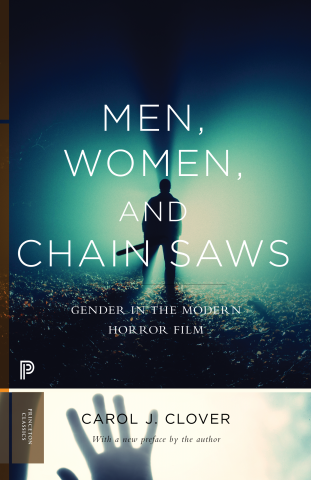How the Sphagetti Western allows for innovation in film genre’s by inspiring a innovative narrative structure format?
- Propps characters, anti heroes
- Film Structure
- Where they become similar, auteur theory, directors ideas in story
- Western to a Western Sci-fi
- Where Cameron innovates and evolves from Leone’s structure
Propps Characters
Man with No Name=Sarah Connor, the hero
Tuco= T-800(Arnold Schwarzenegger), the helper
Angel Eyes=T-1000, the villain
Gold=John Connor, the dispatcher, the prize
General=Miles Bennet Dyson, The donor
Bounty Hunters=Dr Peter Silberman, False heroes
Similarities, refers to man with no name as Clint and T-800 as Arnold
The two movies main characters can be seen as clear parallels to each other accept for the Gold and John Connor what represent ideally the same things but are visualized as different.
Clint and Sarah are their movies main characters despite being in ensemble casts are standouts through being the two characters who keep the film grounded. Both are serious characters who overcome difficult situations in the film with Clint walking through a desert with no water and Sarah in a mental asylum. However both are these anti-heroes where the audience sees their true personalities despite both clearly trying to hide who they truly are, these glimpses can be seen by Sarah going to kill Dyson in front of his family while Clint committing fraud, from saving criminals from hanging who he gave into the law. The idea that both characters are not truly heroes but act out in heroic emotions show. The fact they are these flawed action heroes appeal clearly in the movies and has been clearly used by Terminator 2 to differentiate their cast as much as possible.
Clint: Last night. You see in this world there’s two kinds of people my friend – those with loaded guns, and those who dig. You dig.
Sarah: Fucking men like you built the hydrogen bomb. Men like you thought it up. You think you’re so creative. You don’t know what it’s like to really create something, to create a life, feel it growing inside you. All you know how to create is death and destruction -!
Also both need a distinct style to show their true identities
An antihero or anti-heroine is a main character in a story who lacks conventional heroic qualities and attributes such as idealism, courage and morality. Although antiheroes may sometimes perform actions that are morally correct, it is not always for the right reasons, often acting primarily out of self-interest or in ways that defy conventional ethical codes.
Tuco and Arnold are similar to each other by the idea you don’t know if you want to trust either character as Tuco is a bandit who continues to rival with Clint while Arnold is a replica of the first films previous villain and you don’t know if he will change sides. While both characters become more human further into the movie by the idea that Tuco becomes a friend to Clint while Arnold becomes like a father to John in the movie. As well both are used for a comedic affect.
Angel Eyes and T-100 are presented as the same person as both are emotionless killers who are tracking down the main characters. Both also represent the Law in the movies.
The ending scenes between both have similarities by how its standoff between three characters. The villains both die with both ending in a pit. While the only big difference is Clint shoots the noose before Tuco is hung while Sarah lets Arnold destroy itself.
a lean, mean survivalist with a cold, raspy voice-Voice



